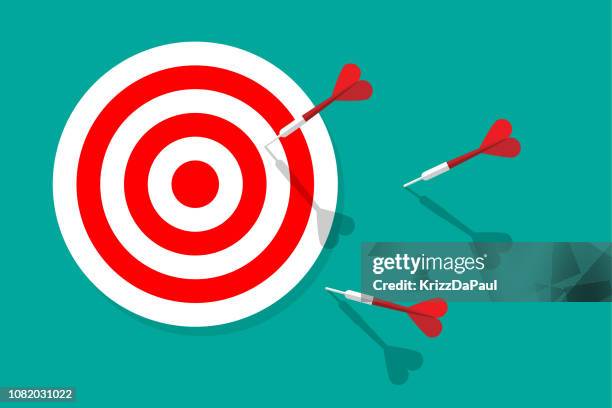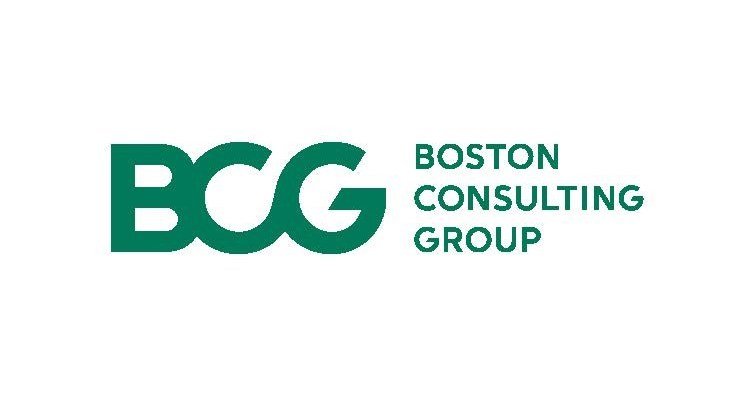Empowering Women Founders: The Key to India's Innovative Economy, ET CIO
India’s startup economy is in a defining moment. With more capital flowing into tech ventures than ever before, the country is poised to shape the next generation of enterprise innovation. Yet, one crucial lever remains underutilized—the leadership and entrepreneurial potential of women founders.
The numbers are slowly improving but still tell a cautionary tale. As per Tracxn, all-women founding teams received just 0.3% of India’s venture capital funding in 2021. Globally, that figure was 2.3% in 2023. At first glance, the gap seems structural. But when examined closely, it reveals an opportunity—one that tech and business leaders can no longer afford to overlook.
In 2024, India emerged as the third-highest country in total funding raised by women co-founded startups. However, only 7.5% of active startups in India are led by women. The takeaway? Progress is underway, but there is ample headroom for growth—and enterprise leaders have a critical role to play in shaping a more inclusive innovation ecosystem.
For CIOs, VCs, and corporate decision-makers, investing in gender diversity is not merely about inclusion—it’s about business resilience and innovation depth. Research from BCG has shown that startups led or co-led by women generate 10% more cumulative revenue over five years, despite receiving significantly less funding.

Women founders are increasingly building high-impact ventures in AI, SaaS, digital health, cybersecurity, and climate tech. These are not peripheral sectors—they’re central to the enterprise agenda. Supporting women-led businesses can diversify supplier ecosystems, introduce new enterprise use cases, and catalyze innovation in areas that remain underserved or overlooked.
Women in tech entrepreneurship bring not just domain expertise but also evolved leadership approaches—often emphasizing stakeholder alignment, long-term value creation, and responsible scaling. These are traits that align well with the needs of today’s digital enterprises navigating complexity, ESG expectations, and culture transformation.
However, barriers persist—not due to a lack of capability or ambition, but because of legacy mindsets in how ideas are evaluated. Studies show that men are more often asked about growth potential, while women are questioned more about risk mitigation. Subtle framing differences can influence capital decisions, even when the fundamentals are sound.
Additionally, enterprise networks—whether VC syndicates, accelerators, or industry forums—often lack gender balance. This means many women founders do not have the same exposure to mentorship, pitch dynamics, or financial storytelling that their male counterparts do.
Founders are already adapting. Today’s women entrepreneurs are coming to the table sharper, better prepared, and more confident in their projections. Many are building companies with clear revenue models, repeat customers, and traction in enterprise sales. But change cannot rely solely on individual effort.
Enterprise leaders can drive transformation by:
• Creating gender-diverse supplier pipelines, and sourcing from women-led SaaS or tech vendors.
• Mentoring early-stage women founders in navigating enterprise sales cycles and procurement challenges.
• Investing in accelerators, incubators, and funds that prioritize inclusion in their deal flow and leadership teams.
Venture capital firms and institutional investors, too, must look beyond traditional networks and broaden how they assess opportunity and leadership potential.
India’s innovation story is being written in real time. To stay competitive and resilient, its tech ecosystem must reflect the full spectrum of its talent. Women entrepreneurs are not a diversity checkbox—they are builders of scalable, sustainable, and forward-looking businesses.
The shift is underway. What’s needed now is amplification—through access, visibility, capital, and most importantly, belief.
Because the future of enterprise innovation won’t just be built by those who talk the loudest. It will be built by those who are finally being heard.
The author is Co-founder, Punt Partners.

You may also like...
1986 Cameroonian Disaster : The Deadly Cloud that Killed Thousands Overnight

Like a thief in the night, a silent cloud rose from Lake Nyos in Cameroon, and stole nearly two thousand souls without a...
Beyond Fast Fashion: How Africa’s Designers Are Weaving a Sustainable and Culturally Rich Future for

Forget fast fashion. Discover how African designers are leading a global revolution, using traditional textiles & innov...
The Secret Congolese Mine That Shaped The Atomic Bomb

The Secret Congolese Mine That Shaped The Atomic Bomb.
TOURISM IS EXPLORING, NOT CELEBRATING, LOCAL CULTURE.

Tourism sells cultural connection, but too often delivers erasure, exploitation, and staged authenticity. From safari pa...
Crypto or Nothing: How African Youth Are Betting on Digital Coins to Escape Broken Systems

Amid inflation and broken systems, African youth are turning to crypto as survival, protest, and empowerment. Is it the ...
We Want Privacy, Yet We Overshare: The Social Media Dilemma

We claim to value privacy, yet we constantly overshare on social media for likes and validation. Learn about the contrad...
Is It Still Village People or Just Poor Planning?

In many African societies, failure is often blamed on “village people” and spiritual forces — but could poor planning, w...
The Digital Financial Panopticon: How Fintech's Convenience Is Hiding a Data Privacy Reckoning

Fintech promised convenience. But are we trading our financial privacy for it? Uncover how algorithms are watching and p...


